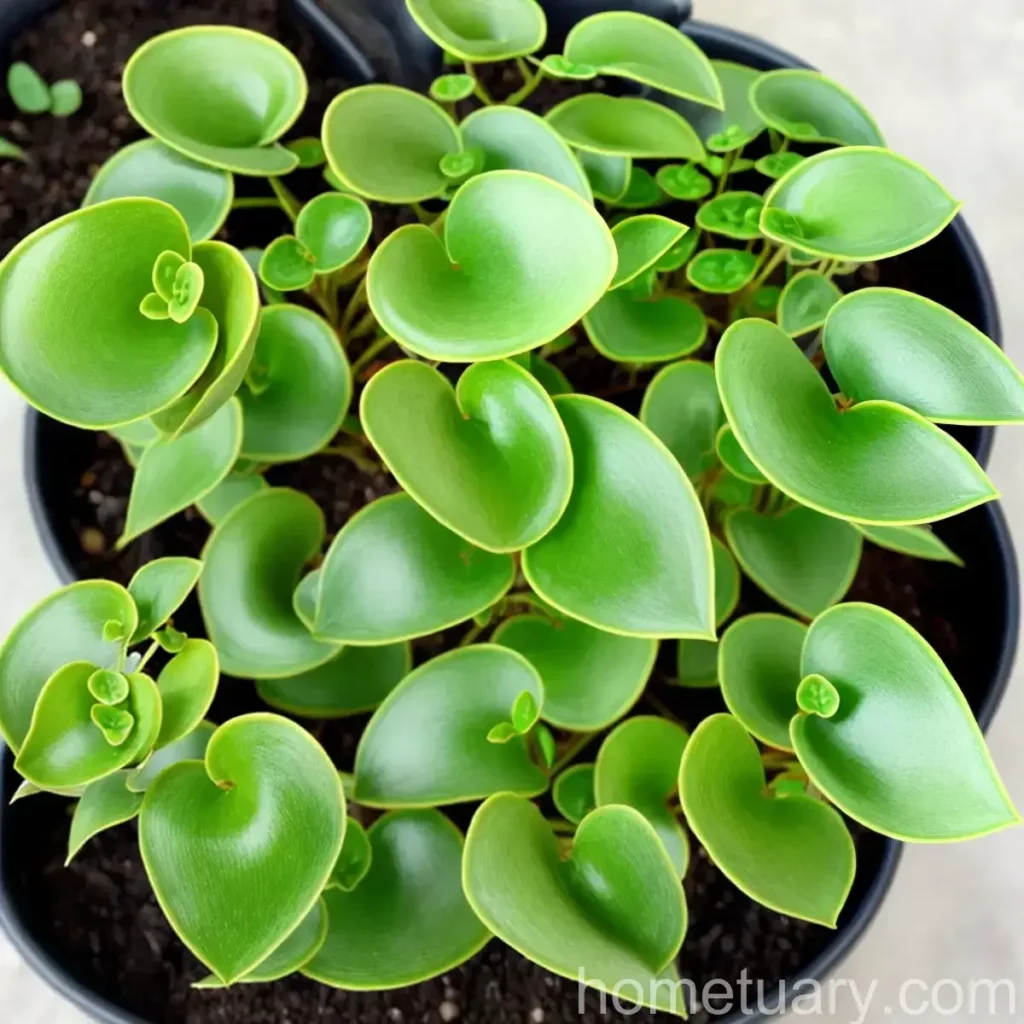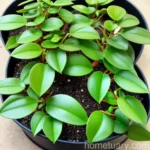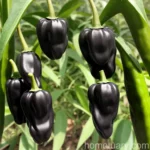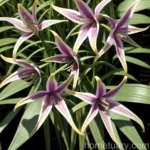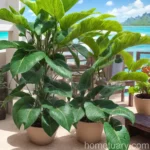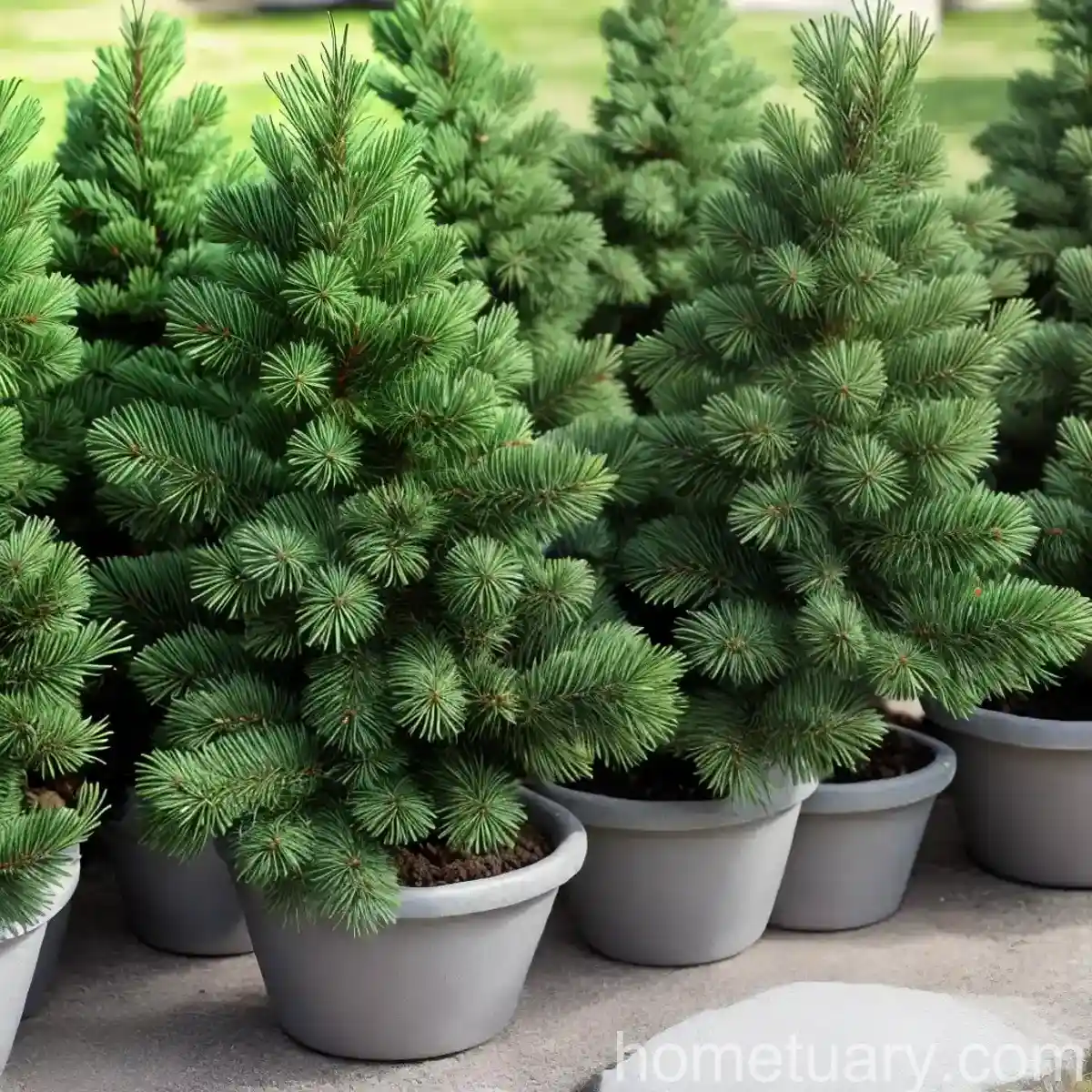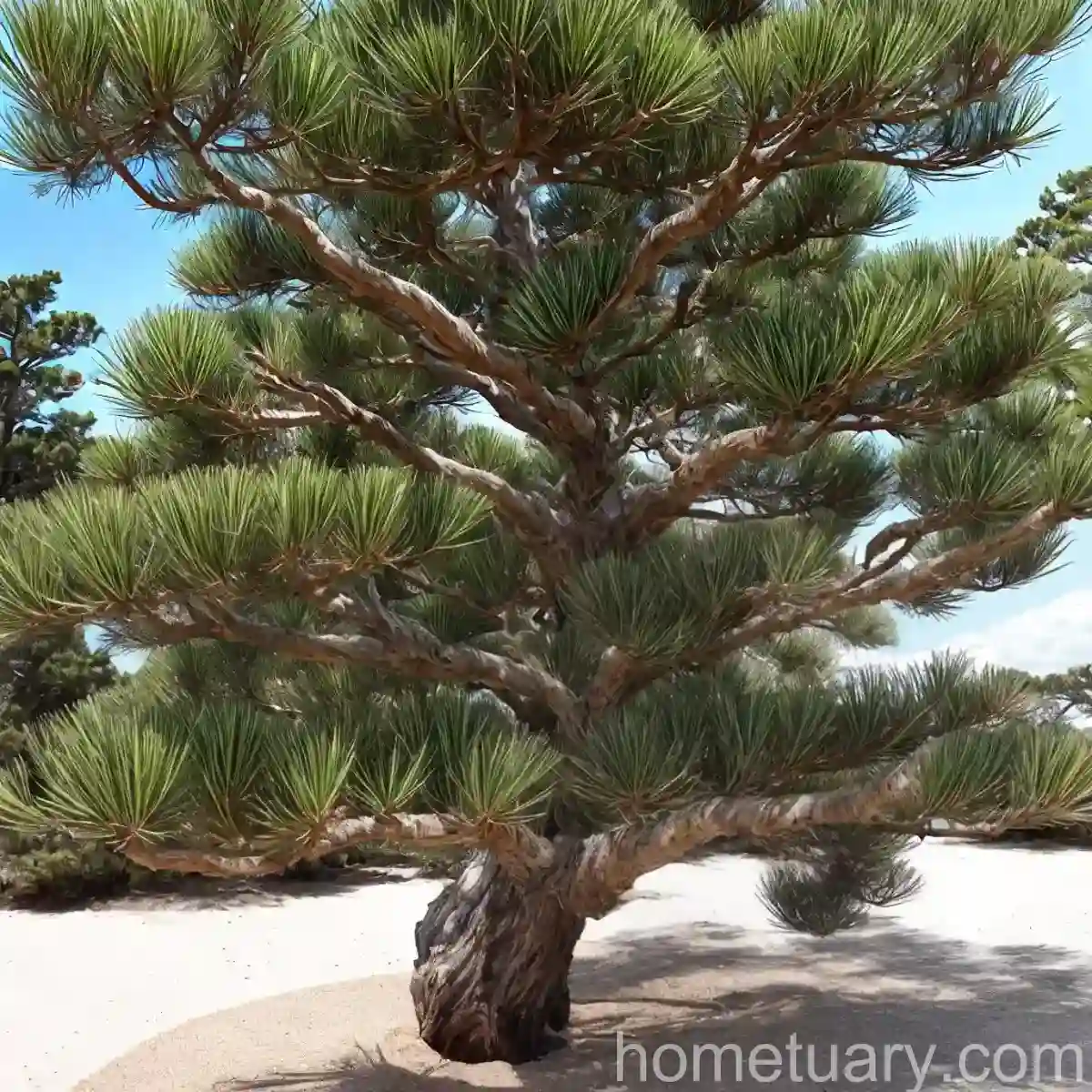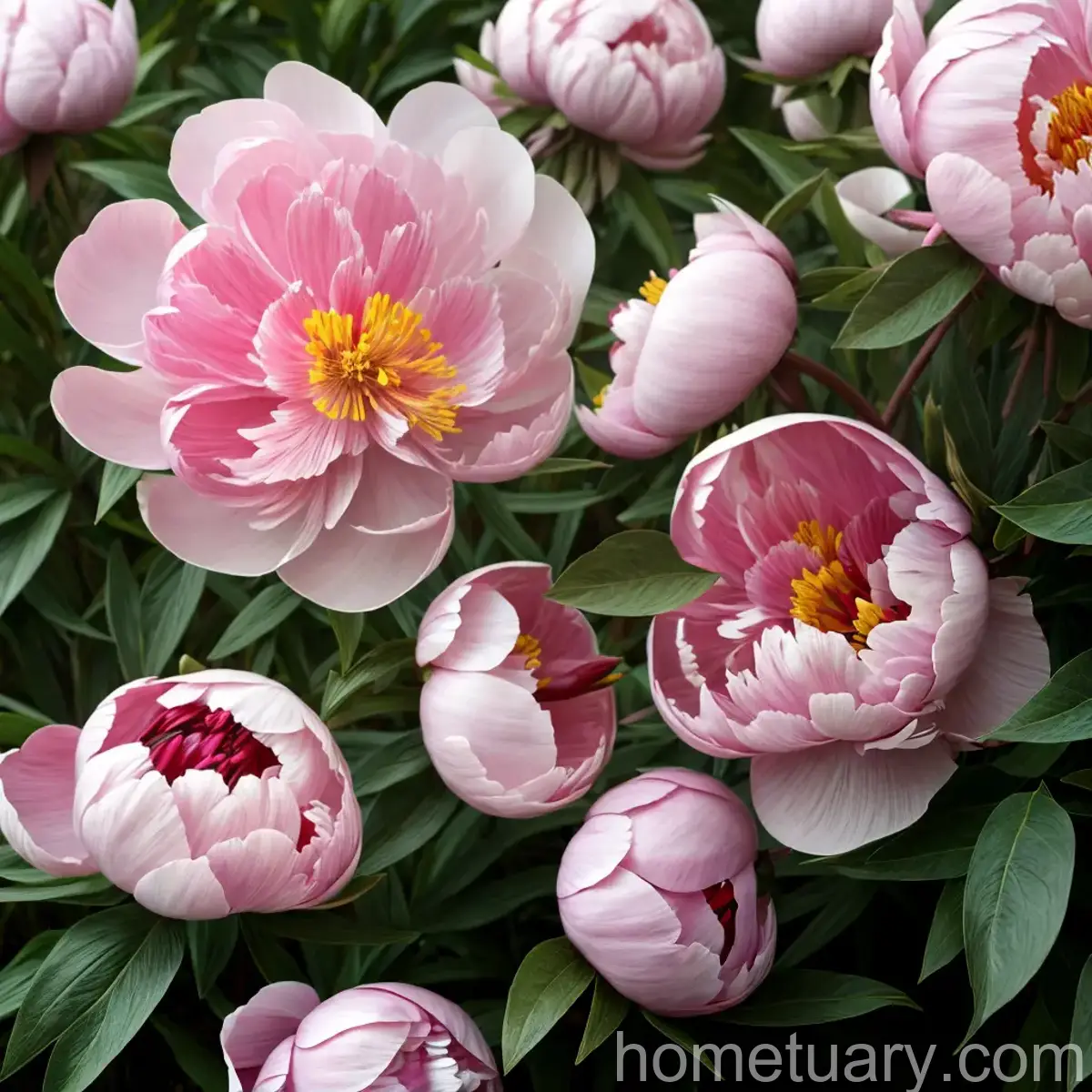All About Peperomia Angulata (Peperomia Angulata Kunth)
Introduction
Peperomia Angulata, also known as Peperomia Angulata Kunth, is a delightful and low-maintenance plant that has been gaining popularity among indoor plant enthusiasts. This ornamental perennial plant is native to Brazil and belongs to the Piperaceae family. With its unique and attractive foliage, Peperomia Angulata is cherished for its easy care requirements and its ability to thrive in various indoor conditions. In this comprehensive guide, we will delve into the culture, uses, care, and propagation of Peperomia Angulata, along with some interesting facts about this charming plant.
What is Peperomia Angulata?
Peperomia Angulata is a species of the Peperomia plant genus, which consists of more than 1,000 diverse species. The name “Peperomia” is derived from the Greek words “peperi” and “homoios,” meaning “resembling pepper,” as the plant’s flowers are similar to peppercorns. It is a tropical plant that thrives in warm and humid conditions, making it an excellent choice for indoor display. With its small, succulent-like leaves and trailing stems, Peperomia Angulata adds a touch of elegance and charm to any space.
Key Takeaways – Peperomia Angulata
Let’s explore the key takeaways associated with Peperomia Angulata to understand its culture, uses, and maintenance requirements:
Culture
- Origin: Brazil
- Family: Piperaceae
- Genus: Peperomia
- Species: Angulata Kunth
Uses
- Ornamental plant for indoor and outdoor decoration
- Ideal for terrariums, dish gardens, and vivariums
- Suitable for hanging baskets and as a trailing plant
Water
- Moderate watering needs
- Allow the soil to slightly dry out between waterings
- Avoid overwatering to prevent root rot
Sunlight
- Thrives in bright, indirect light
- Avoid direct sunlight, especially during the intense afternoon hours
- Can tolerate low-light conditions, but growth may slow down
Fertilizer
- Use a balanced liquid fertilizer during the growing season
- Apply fertilizer at half-strength to prevent fertilizer burn
- Reduce fertilization during the plant’s dormant period
Soil
- Well-draining potting mix with good aeration
- A peat-based soil mix with perlite or sand for added drainage
- Avoid compacted or water-logged soils
Pruning
- Regular pruning to maintain the plant’s shape and size
- Trim leggy growth to encourage bushier and compact growth
- Remove any yellowing or damaged leaves
Propagation
- Easily propagated through leaf and stem cuttings
- Rooting hormone can be used to expedite the rooting process
- Provide warmth and moisture for successful propagation
Container
- Well-draining pots with drainage holes to prevent waterlogging
- Suitable for decorative containers and hanging baskets
- Select a pot that allows for some room for root growth
Popularity
- Increasing popularity as an indoor ornamental plant
- Sought after for its unique foliage and low maintenance needs
- Ideal for plant enthusiasts of all skill levels
Common Diseases and Pests
Peperomia Angulata is relatively resistant to diseases and pests, making it an ideal choice for plant parents. However, it’s essential to monitor the plant for any signs of stress or infestation. Some common diseases and pests that may affect Peperomia Angulata include:
Common Diseases
- Root Rot: Caused by overwatering and waterlogged soil
- Leaf Spot: Fungal disease that causes dark spots on the leaves
- Powdery Mildew: White powdery fungal growth on the foliage
- Botrytis Blight: Gray mold that affects the leaves and stems
Disease Diagnosis
Monitor the plant for any unusual symptoms such as wilting, yellowing leaves, or spotted foliage. If any signs of disease are observed, isolate the plant to prevent the spread of the infection and consider appropriate treatment measures. Proper watering practices and good air circulation can help prevent many common diseases.
Common Pests
- Spider Mites: Tiny pests that create webbing on the plant
- Mealybugs: Soft-bodied insects that leave a white, cottony residue
- Aphids: Small, sap-sucking insects found on the foliage
- Fungus Gnats: Small black flies that infest the soil
Regular inspection of the plant and maintaining a clean environment can help prevent pest infestations. In case of an infestation, consider using natural or chemical treatment methods after properly identifying the pest.
Botanist’s Tips
To ensure the healthy growth and vitality of Peperomia Angulata, consider the following tips:
- Moderate Watering: Avoid overwatering to prevent root rot, and allow the soil to partially dry out between waterings.
- Suitable Lighting: Place the plant in a location with bright, indirect light, and shield it from direct sunlight.
- Regular Pruning: Engage in periodic pruning to maintain the plant’s shape and remove any damaged or unsightly foliage.
Fun Facts
- Peperomia Angulata is known for its unique leaf patterns and textures, making it a visually appealing addition to any plant collection.
- It is often referred to as the “Radiator Plant” due to its preference for warm and humid conditions.
- The trailing nature of Peperomia Angulata makes it an excellent choice for hanging baskets and elevated displays.
Links to External Resources
Here are some external resources for further information on Peperomia Angulata:
- The Complete Guide to Peperomia Angulata Care
- Propagation Techniques for Peperomia Angulata
- Peperomia Angulata: A Perfect Indoor Plant
In conclusion, Peperomia Angulata (Peperomia Angulata Kunth) is a captivating and resilient plant that offers both visual beauty and ease of care. With its distinct foliage and adaptable nature, it has become a beloved choice for indoor plant enthusiasts. By following the recommended cultural practices and keeping an eye out for potential issues, anyone can enjoy the delightful presence of Peperomia Angulata in their living spaces.
Remember, just like any living organism, plants require care and attention. By providing a suitable environment and meeting its basic needs, Peperomia Angulata can thrive and bring joy to its caretaker.

